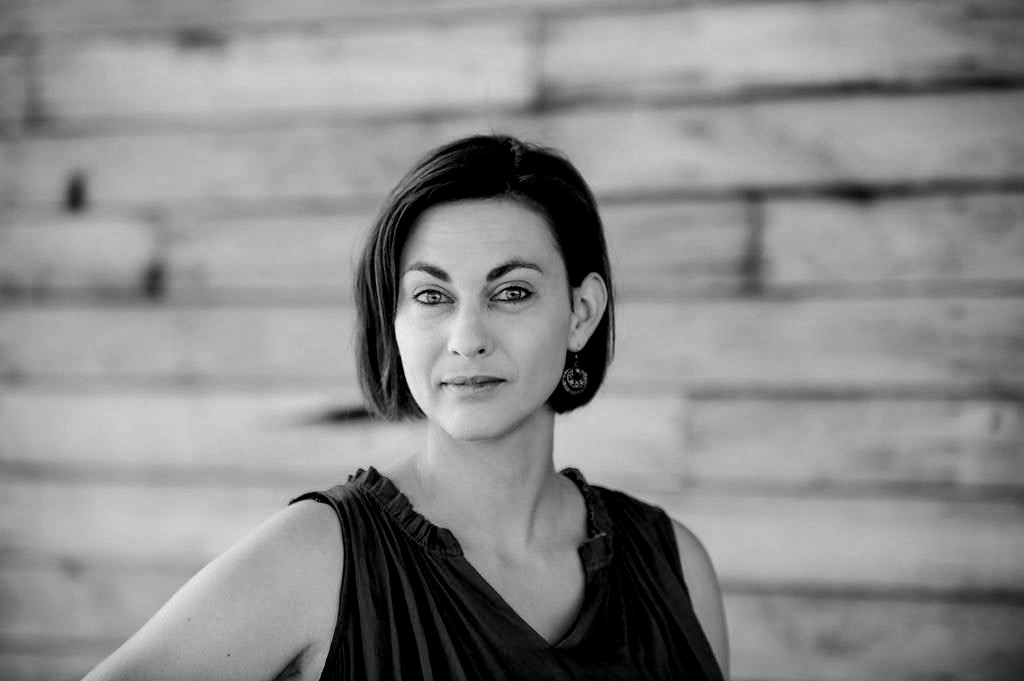
by Sandra K. Barnidge
It all went wrong because of the barbecue pit.
Not because of the pit itself, a Texas-style brick barbecue built in the 1950s, but because of where the pit is located in my backyard: under the twin shades of a mature camellia and a scraggly dogwood. You see, the pit has a patch of dirt on either side of it. And last spring, as food prices began to spike, an idea took hold of me that I couldn’t shake. I wanted to start my first-ever garden. And I wanted to put it in the dirt patch next to the barbecue pit, because I thought it would look nice to peer out the back windows of our lovely, fussy, historic Craftsman and see the healthy, verdant fruits (and vegetables) of my labor there.
The only problem, of course, is the barbecue pit is under almost constant shade. But no matter, I figured. It can’t be that complicated to grow some carrots, I told myself and laid down a couple of bags of mushroom compost, topsoil, and fertilizer. I went to Lowe’s and, along with carrot greens, bought six healthy Brussel sprouts, a red pepper plant, a small Sequoia strawberry plant, various lettuces, and a couple of packets of cowpeas and pinto beans.
I plopped most of them into the dirt patch beside the barbecue pit and watched with satisfaction as the spout leaves unfurled like giant flags from the country of This Ain’t Hard. One last, unexpected frost wilted the pepper into a sad, inert stick, and the carrots struggled in the clay beneath the compost. But the sprouts were thriving, or so it seemed, and so I laughed off the other casualties. I was confident this was working.
A few weeks after I planted my barbecue-pit garden, holes began to appear in the leaves of the Brussel sprouts. Within days, the leaves were chewed into lace, and then they disappeared entirely. I looked close and finally caught the perpetrators curled around the base of the sickly stalks: army worms.
Panicked, I finally did some research on Gardening 101 and sprayed my remaining plants with a natural bacterium called Bacillus thuringiensis, which kills certain caterpillar species without harming other insects or animals. I hoped to save the nearby strawberry and zinnias from a similarly quick death-by-munching. But then I began to notice another population growing in my yard: blue-dasher dragonflies, big ones, that dipped and dived and wrestled with each other in air, like sentient attack helicopters. Dragonflies are meat eaters. They aren’t picky, but they prefer easy prey options, like the common army worm. Throw in an inflatable toddler pool, and my backyard had accidentally become a dragonfly oasis, complete with good drinks and cheap eats.
The coming of the mysterious dragonflies was a twist I wasn’t expecting, but I quickly realized they, not my crops, would be the major source of beauty and drama on my small garden stage this summer.
*
Fifteen years ago, I graduated college in the midst of another recession and lucked into a job as an entry-level science writer at the University of Wisconsin. I translated research by scientists and engineers into content for the media and general public. I worked my way up the university’s version of the corporate ladder to the Chancellor’s communications team, where I became a digital strategist with a set of duties as opaque as my title.
One afternoon, while sitting in my basement office, I noticed the tiny fern I kept on the windowsill had died. I realized a basic truth: most living things do not thrive in basements, deprived of fresh air and non-fluorescent light. I knew I needed to make a radical change before I, too, wilted away in despair like the lonely fern, and so I quit the office job and moved to Europe. While abroad, I freelanced and wrote my first-ever novel manuscript, a 300-page horror story about body-snatchers and Greek mythology and, inexplicably, squirrels.
It took me a year to produce a first draft, and the moment I typed THE END, I knew it didn’t work. I was embarrassed by it—and by myself. I’d given up a respectable job with health insurance and a retirement account to work on this project. I’d freed myself from all constraints on my time and creative energy, and the best I could do was … this not-good-enough book.
I put the manuscript in a drawer. My husband accepted a job in Alabama, and we began the slow process of preparing to move back across the Atlantic. I sketched out a second novel, but cautiously so, afraid of failing again, of having to confront the doubts hissing at me from inside the closed desk drawer. You can’t do this. You never should have tried.
I didn’t transplant easily into Alabama soil. My roots have struggled to break through the sludgy clay of this culture, but there is creative sustenance here for those patient enough to dig deep. I wrote the second manuscript, then a third, and a fourth. I found an agent down the highway in Birmingham. The third manuscript is now on submission to publishers, and the fourth is soon to follow. I birthed two children here. I moved into a house. I survived COVID.
I planted Brussel sprouts beside an old barbecue pit and watched them die.
*
There’s a time element to gardening that parallels the writing process. If starting from scratch, it can take a long time to build the right soil in the right spot and watch a generation of seed mature into food. Assuming it will be easy is a mistake. Fixating too rigidly on a desired outcome is another mistake. Refusing to adapt to unexpected challenges is yet one more.
What isn’t a mistake is learning from all those other mistakes and moving forward.
I buried the sprout stalks to put them out of their misery and turn them into fuel for the strawberries, the only plant I bought this year that’s shade-tolerant enough to thrive in the barbecue-pit bed.
Then I scooped up some dirt and moved it to a new spot on the south side of the house with full, strong sun. I planted pinto beans there and watched with surprise as the vines spread rapidly and easily, yielding dozens of pods that desiccated quickly into speckled dried beans. I harvested enough to fill a very small jar. The beans have charged the soil with nitrogen, and next year, this new bed will be able to support other, needier plants. Maybe I’ll try Brussel sprouts again, but probably I will plant something else entirely. Tomatoes, okra, basil—there will be plenty of room for all of these and more.
I’m a different writer now than I was before moving to Alabama, before children, before the pandemic, before, before. I’m drawn to different topics as I get older, and I think about narrative in terms of circles and cycles rather than straight, well-defined lines between here and there, beginning and end. I’ve never entirely let go of the first book I ever wrote, but I also recognize that story best serves me now as buried nitrogen in my imagination, upon which other, stronger stories will grow. Some of the themes from my first book eventually became the basis of the bigger and bolder ideas that attracted my agent to my work, like a mighty dragonfly to the wriggling caterpillars in the barbecue pit.
My south-facing garden still isn’t much to look at. Not yet. But I am more clear-eyed now about its potential—and about the time and work necessary to make this new bed productive and successful. When I look at it, I hear a different, better voice than the one I left behind in that desk drawer across the ocean.
I can do this. I’m so glad I tried.
It’s time to get back to work, I think. In the soil. On the page. But first, for a few more minutes, I’ll just sit and watch as the dragonflies dive.
Read Sandra’s other work here at Reckon:
Fiction – River Dolls

Sandra K. Barnidge
Sandra K. Barnidge is an Alabama-based writer with a passion for small towns and overlooked places. Her fiction leans speculative and has appeared in Barren, Nimrod, The Fiddlehead, Reckon Review, Reservoir Ridge, and elsewhere. sandrabarnidge.com
